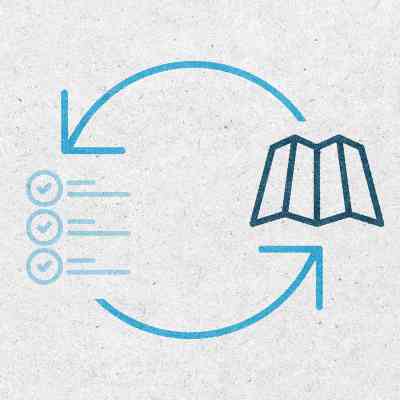
[Common client issue: We’ve got great ideas, but everything seems to end up falling back on the Executive Team to do. People talk a lot about things they want to see done, but then put it back on the CEO or others at the top to make it happen. There’s more complaining than action, and even the simplest things seem to become a big conversation with little results.]
A big reason you have had success in your career has been due to your ability to get things done.
A lot of times, it’s hard to understand why it seems so hard for others to accomplish what seem to be the most simple of tasks.
Getting a new coffee maker somehow turns into a vast web of deliberation, and a month later the old coffee maker is still there.
“Lazy!” says the fed up voice inside your exhausted mind.
But put yourself in the shoes of a mid-level or junior-level employee.
The organization is complicated. Just like you, they’ve got nine balls juggling in the air and not a lot of accountable authority.
Maybe it’s lack of confidence. Or overwhelm. Or being tired of discipline or reprimand for overstepping an unidentified boundary. Or simply not being sure how.
There are a number of reasons why things might not get done. Making it easy and clear how to get things done will address most of them.
Your “how to get things done” approach should be simple and easy to follow. Make it so anyone, regardless of rank, can follow the steps and see results.
This approach should, in some way, have identified:
- What the issue is
- Why it should be addressed, including any evidence to support the need for a change
- What the vision of success would look like
- Who needs to do what by when
- Who needs to be talked to or included on this decision to prevent cross functional confusions or resentments (and executives should be as accessible here as anyone else, if appropriate for the situation)
“Who needs to do what by when” and “Who do we need to talk to” become the action plan.
With this kind of replicable process in place, anyone can see a path OF ACTION forward for addressing their issue.
Ultimately, the process is intended to enable ownership and accountability.
Ownership and accountability: The vision for change, while not executed entirely by the person initiating the process, is owned by that person until the issue has been resolved.
Ownership breeds motivation, autonomy and ingenuity.
Make it easy to get things done by making it clear how.
Keep it simple.
These four pillars are not necessarily ALL it takes to see a robust, innovative leadership culture. But a company that is successfully adaptable, innovative and resilient will be able to point to these and say, “yes, we do this.”
These pillars are: Having a way to reliable give and receive honest feedback; being able to get alignment quickly and easily; having clear, replicable innovative leadership tools and methodologies; and implementing a way that change can happen from the bottom up.
For more information on the approach BLUECASE implements to ensure these four pillars are thriving and healthy, visit: bluecase.com/leadership-development

